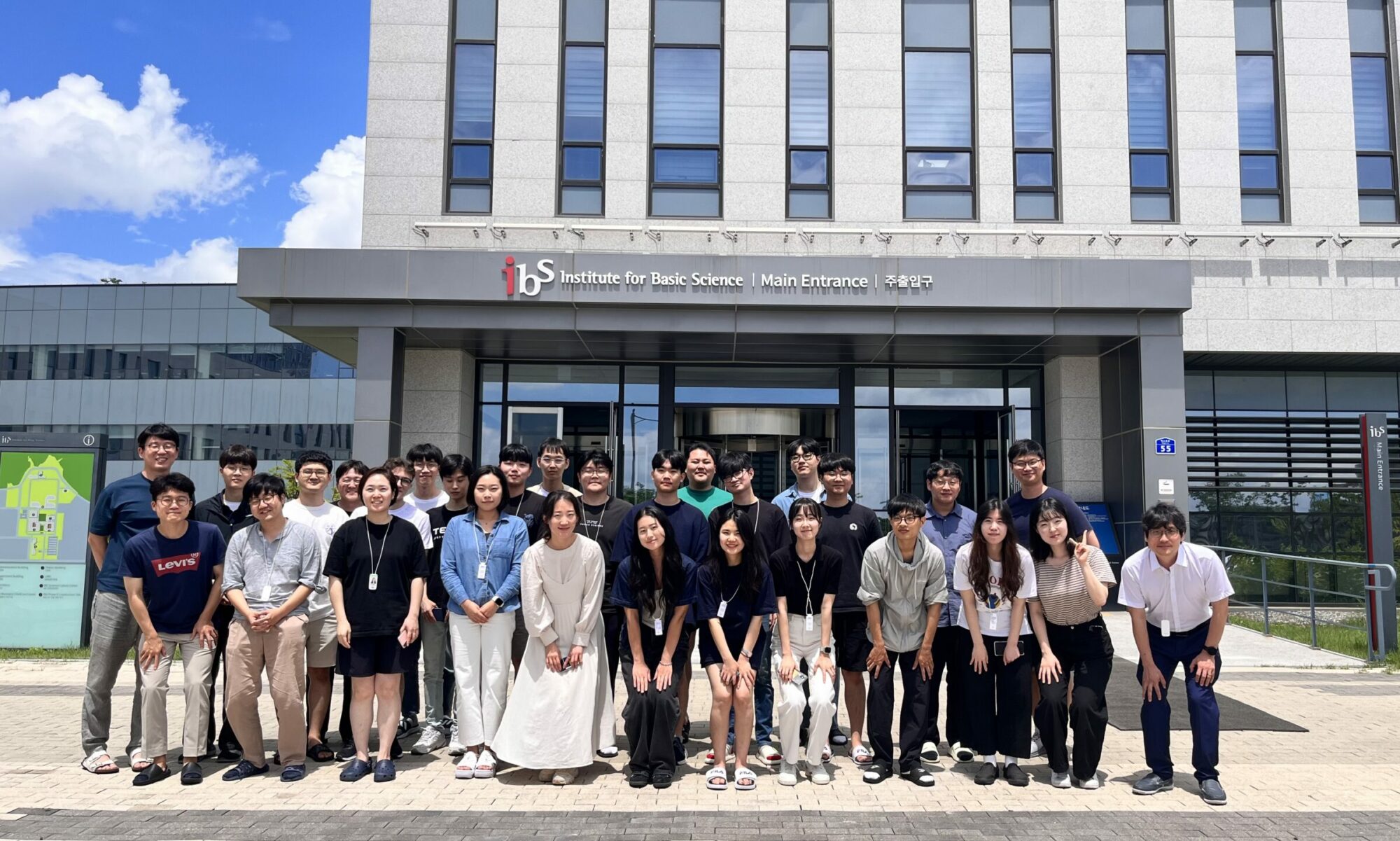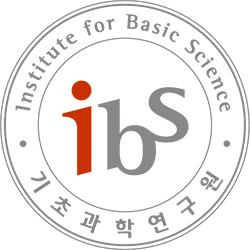Introduction to Bayesian Variable Selection.
B378 Seminar room, IBS 55 Expo-ro Yuseong-gu, Daejeon, Korea, Republic ofAbstract: Variable selection is an approach to identifying a set of covariates that are truly important to explain the feature of a response variable. It is closely connected or belongs to model selection approaches. This talk provides a gentle introduction to Bayesian variable selection methods. The basic notion of variable selection is introduced, followed by several Bayesian approaches with a simple application example.



